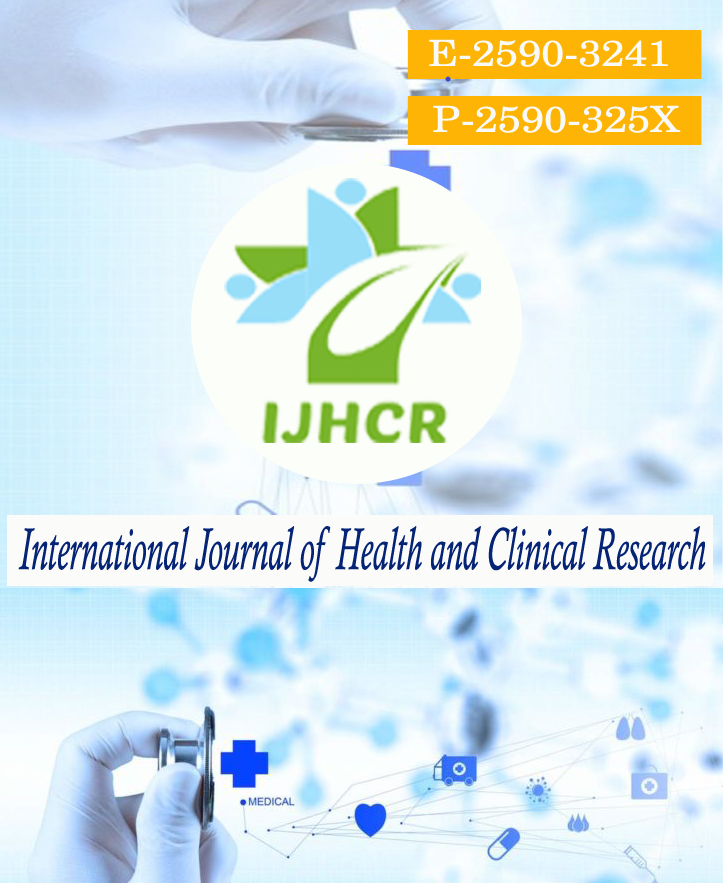The Efficacy of Collagen and Silver Sulphadiazine in Treating Partial Thickness Burns – A Prospective Comparative Study
Keywords:
Burns, Collagen, Silver sulfadiazine, Pain score, Wound infection, Patient complianceAbstract
Background: Burn injuries present a major public health hazard and topical management of burns is a challenging task. Conventional dressings like Silver sulfadiazine have disadvantages of multiple dressings, prolonged hospital stay, more pain, etc. whereas Collagen dressings have the advantage of single application, less pain and less infection. The objective of the study was to compare the overall outcome of collagen dressings in comparison with conventional dressings like silver sulfadiazine in terms of duration of hospital stay, scar formation, occurrence of infection & patient compliance. Methods: This prospective hospital based comparative study was carried out at Sri Venkateshwaraa Medical College hospital, Puducherry, India. Total number of patients were 54 who were divided equally into 2 groups. (Group 1): Those who were treated with silver sulfadiazine (SSD), (Group 2): Those who were treated with Collagen dressing. The following variables were compared: Pain score, rate of wound infection, rate of scar formation, duration of hospital stay & patient compliance. The data was entered; tabulated and statistical analysis was performed by using Statistical Package for the Social Sciences (SPSS 24.0). A value of p<0.05 was considered statistically significant. Results: This study enrolled a total of 54 patients, out of which 27 people belonged to the SSD group and 27 belonged to the Collagen group. Around 70% of the patients were males and 30% of the patients were females. Age distribution between two groups showed that the average age of individuals included in both the groups were 42.18±12.26 years. The average pain score in SSD group was 6.92 whereas in Collagen dressing group was 2.64 (p<0.0001). Infection was present in 43% of the patients in SSD group (11 patients) and 14 % in Collagen group (4 patients). The duration of hospital stay in SSD group was 14.67±2.28 days and in collagen group was 10.62±2.28 days. Rate of scar formation in SSD group was 86% and in collagen group was 29%. Patient compliance in SSD group was 57.1% and in collagen group was 85.7%. Conclusion: The current study concludes that patients with partial thickness burns who were treated with Collagen dressing had less pain, lesser risk of infection, shorter hospital stay, decreased rate of scar formation and a better patient compliance in comparison with traditional Silver sulfadizine dressing.
Downloads
Published
How to Cite
Issue
Section
License
Copyright (c) 2021 S.P. Venkatesh, G. Vinayagam, Bhaskara Rao Bezawada, Deepika Lakshminarayanan

This work is licensed under a Creative Commons Attribution 4.0 International License.






 All articles published in International Journal of Health and Clinical Research are licensed under a
All articles published in International Journal of Health and Clinical Research are licensed under a 